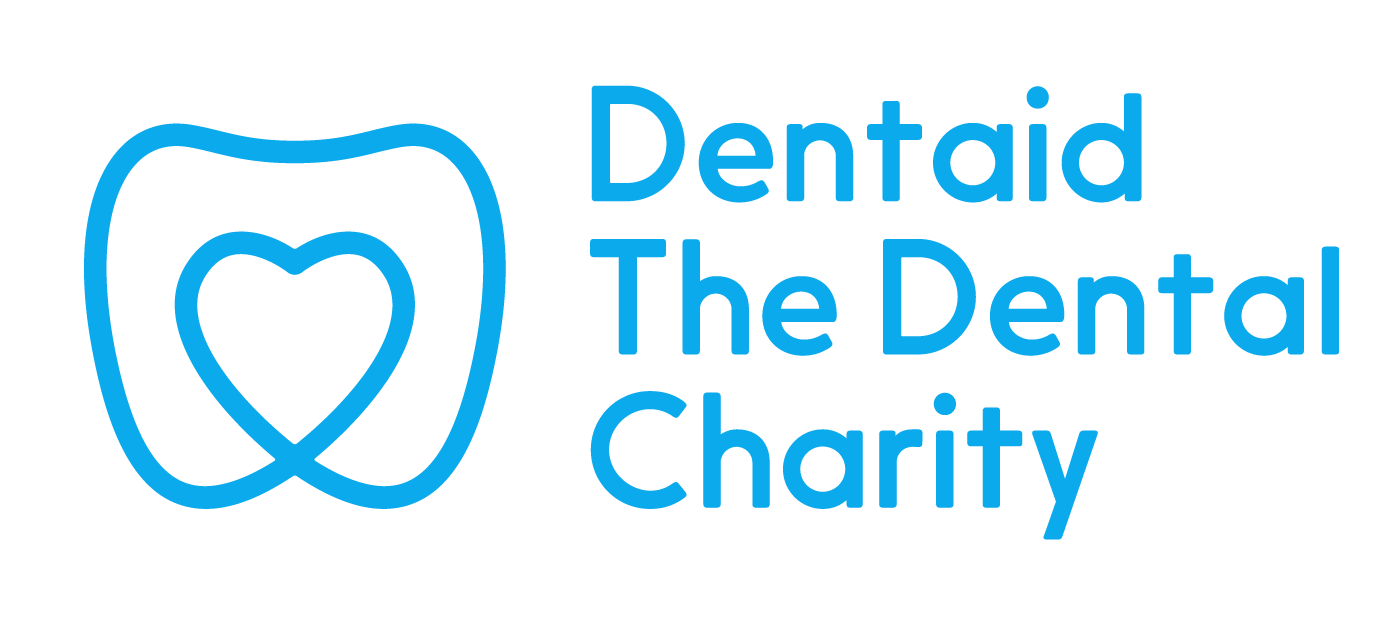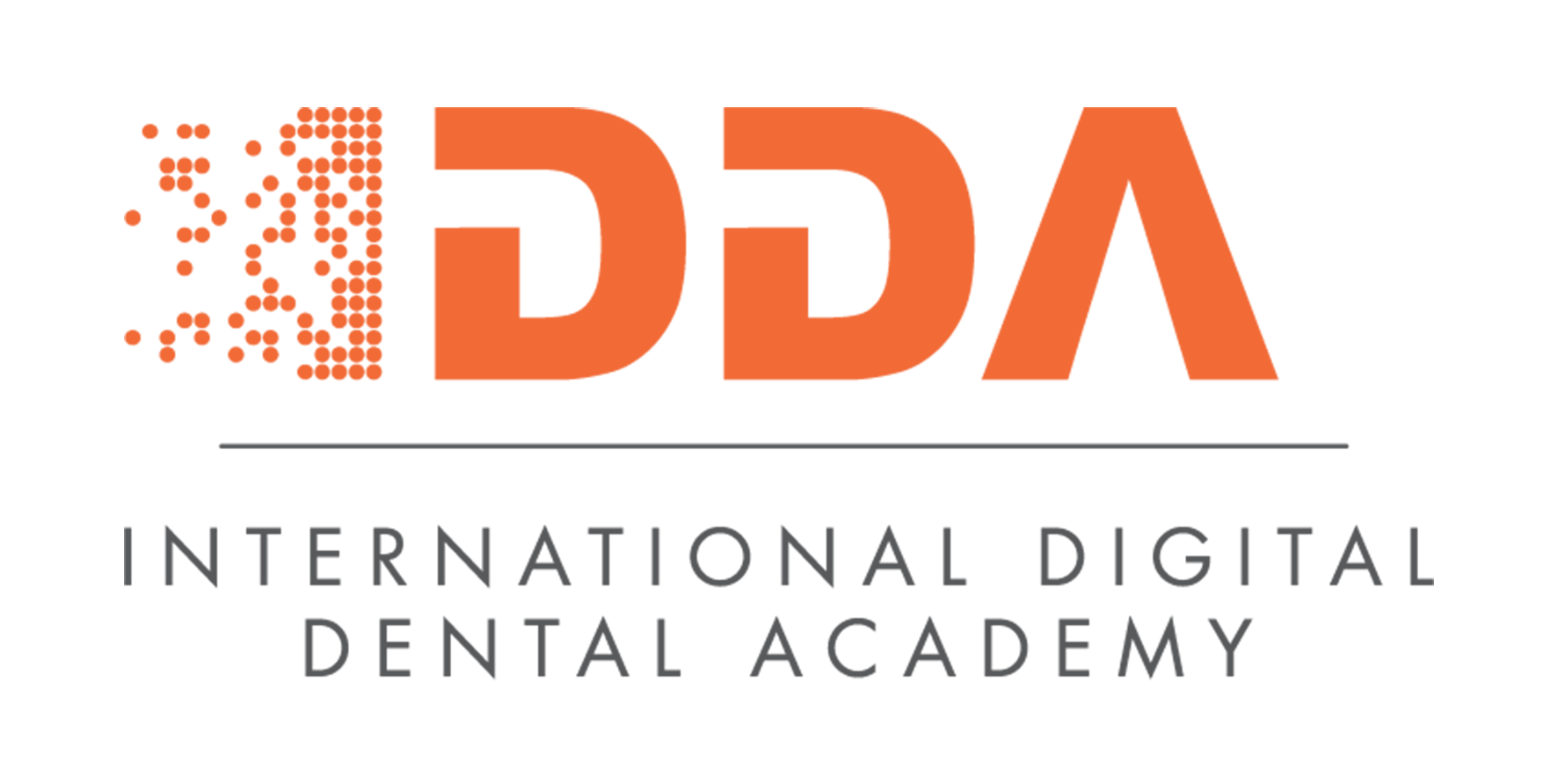The perio/ortho conundrum
)
Periodontics or orthodontics – which treatment comes first?
Periodontal treatment must come first. It’s essential to stabilise and maintain periodontal health before starting any orthodontic interventions. This approach prevents complications and ensures a safe and effective orthodontic process.
Where does the periodontal health need to be in order to start treatment?
To start orthodontic treatment, the patient should be periodontally stable. Ideally, they should have completed their active periodontal treatment and be on a maintenance plan, showing stability throughout. It's crucial to ensure that periodontal health is optimised because intervening too early, or when periodontitis is not fully addressed, can lead to severe complications, including potential tooth loss.
Do clinicians often start treatment without optimising the periodontal health?
Unfortunately, this is a significant issue. Many cases involve orthodontic treatment beginning without proper periodontal assessment or treatment, which can result in severe complications. This is one of the biggest medico-legal issues currently, as failing to ensure periodontal stability before orthodontic treatment can lead to long-term problems.
What are the common problems associated with periodontal health during orthodontic treatment?
Common problems during orthodontic treatment, especially in patients who have had periodontitis, include relapse, gingival enlargement, root resorption, increased mobility, and gum recession.
- Relapse: poor oral hygiene or irregular maintenance can lead to relapse during orthodontic treatment, particularly if fixed appliances are used, but it can occur with removable appliances like Invisalign as well
- Gingival enlargement: this often occurs around fixed appliances due to inadequate oral hygiene
- Root resorption and mobility: these are critical to monitor, as excessive progression may necessitate pausing or stopping orthodontic treatment
- Gum recession: this is especially notable in patients with thin gingival phenotypes and can become more pronounced during orthodontic procedures.
How can patients and professionals combat these problems?
Combating these issues requires a proactive approach from both patients and professionals:
- Regular monitoring: dental professionals should frequently check for periodontal relapse by probing at each visit. If relapse is detected, orthodontic treatment should be paused until the periodontal health is stabilised
- Managing gingival enlargement: this is typically managed non-surgically after orthodontic treatment unless severe enough to require surgical intervention during the process
- Monitoring mobility and resorption: these conditions must be closely monitored, and treatment should be patient-centred, considering when the risks of continuing orthodontic treatment outweigh the benefits
- Patient education: ensuring patients are fully aware of the potential risks and maintaining optimal oral hygiene throughout their treatment is crucial for preventing complications.
What does the future of periodontics look like?
The future of periodontics is incredibly exciting, with many advancements already reshaping the field in the past five to 10 years. For instance, post-orthodontic treatment often leads to gum recession, but we now have highly predictable surgical techniques to address this, especially in patients with good bone levels. Advancements in microsurgery mean that periodontal procedures are now minimally invasive, with less pain and quicker recovery times, making them far less daunting for patients. There's also a growing emphasis on holistic patient care, integrating technologies like the iTero scanner to monitor recession and other periodontal conditions over time. Looking ahead, the focus is increasingly on holistic health, recognising the mouth as a gateway to overall wellbeing. This means periodontics will work even more closely with other medical and dental disciplines to address broader health concerns, including nutrition and stress, to optimise patient outcomes.
What will you be discussing at Dentistry Show London?
At the London Dentistry Show, I will be discussing the perio-ortho interface, starting from the beginning of the patient journey. This includes what clinicians should be checking in patients before beginning orthodontic treatment, what to monitor during treatment, and strategies for post-treatment care, particularly in patients with significant bone loss due to periodontitis. The talk will also focus on practical tips and advice to help practitioners manage these cases effectively, balancing the need for both health and aesthetics.
How can people reach out to you?
The best way to get in touch is via our social channels. My personal Instagram is @ReenaWadia, and we also have our clinic Instagram @rwperio and our teaching academy Instagram @perio_school. You can send us a message on any of these platforms or drop us an email – whatever works best for you.
Anything else you'd like to add?
Periodontics is a critical specialty, especially in bringing together restorative and aesthetic cases. For all dentists, I highly recommend learning about crown lengthening, which can be particularly useful following orthodontic treatment and in general practice. At Perio School, we offer a one-day crown lengthening course with live surgery and hands-on experience, plus ongoing mentoring. If you’re interested, we’d love to have you join us for a session!
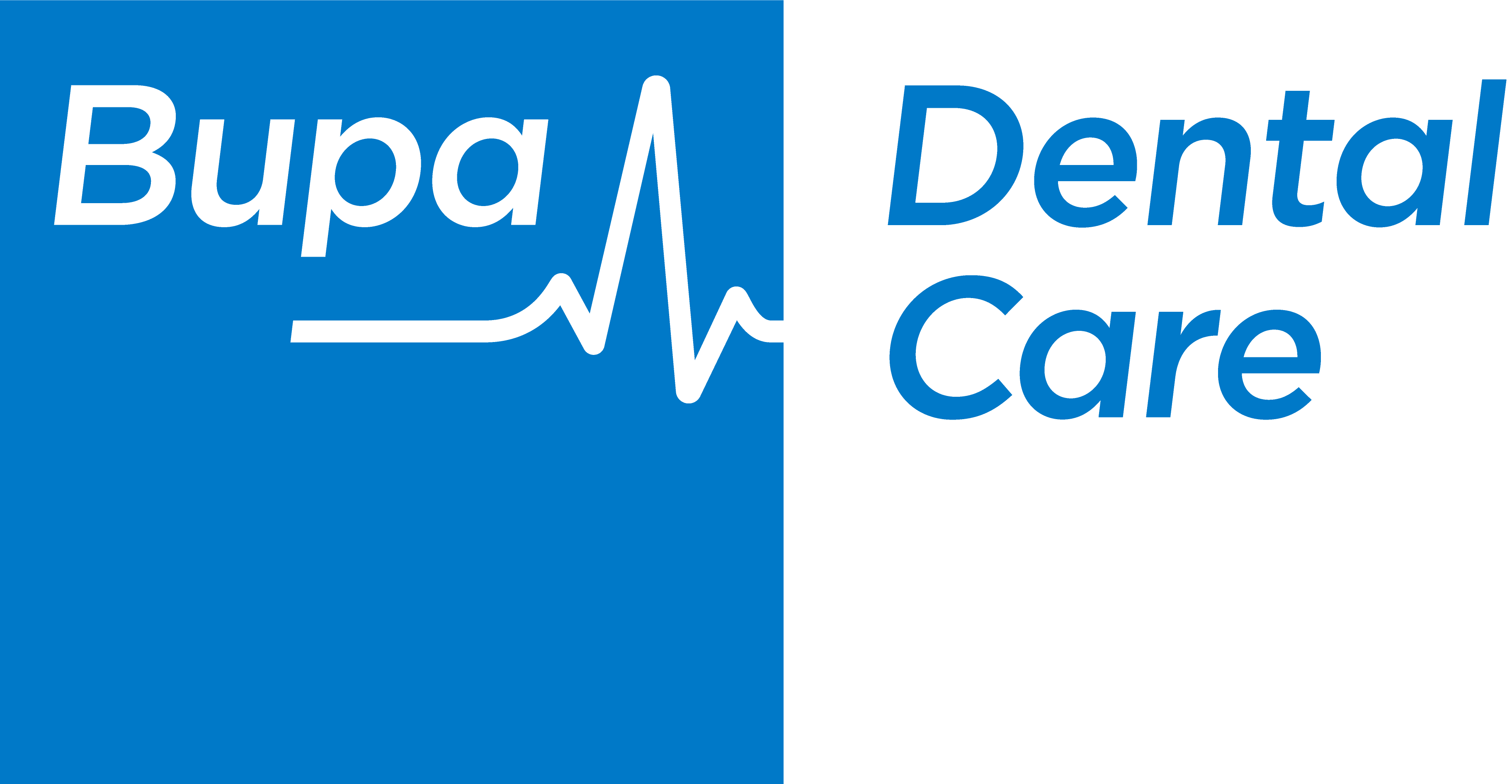


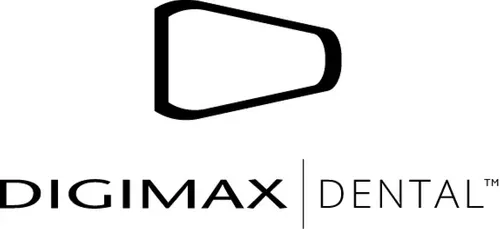

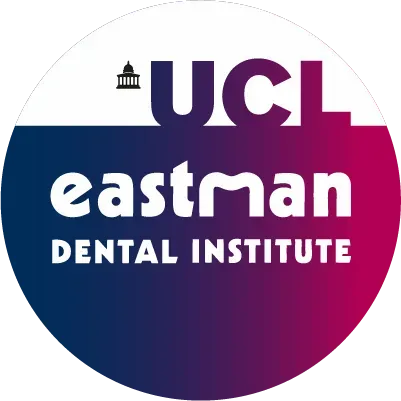











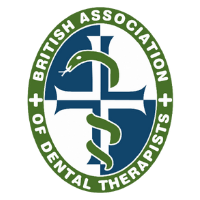

.jpg)


